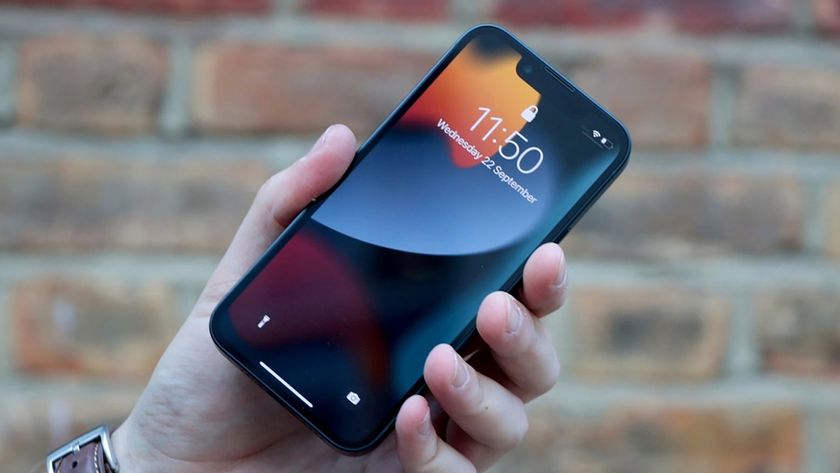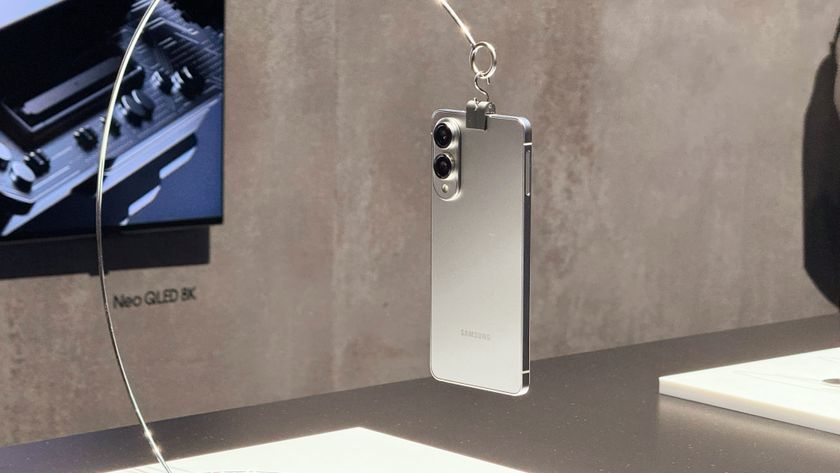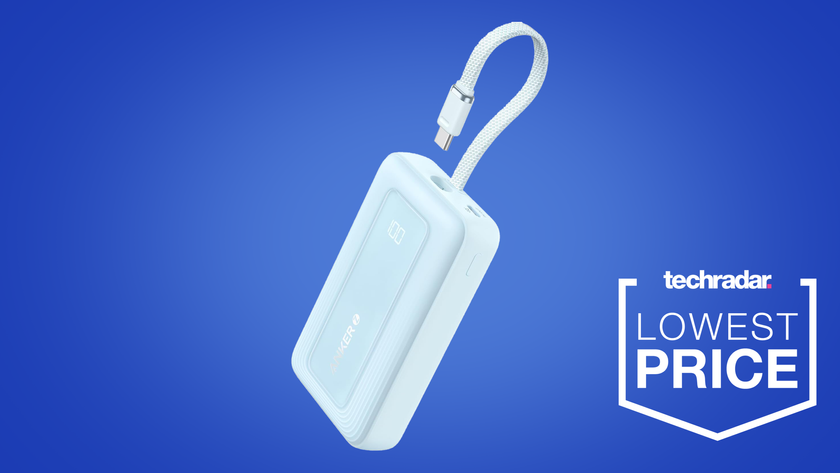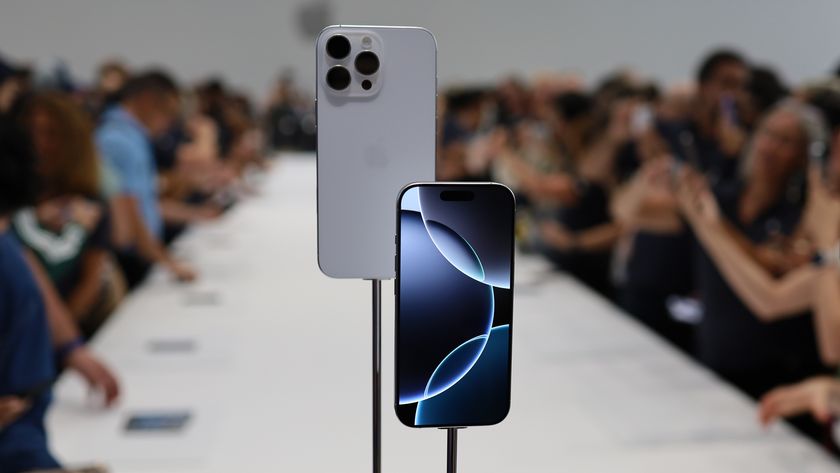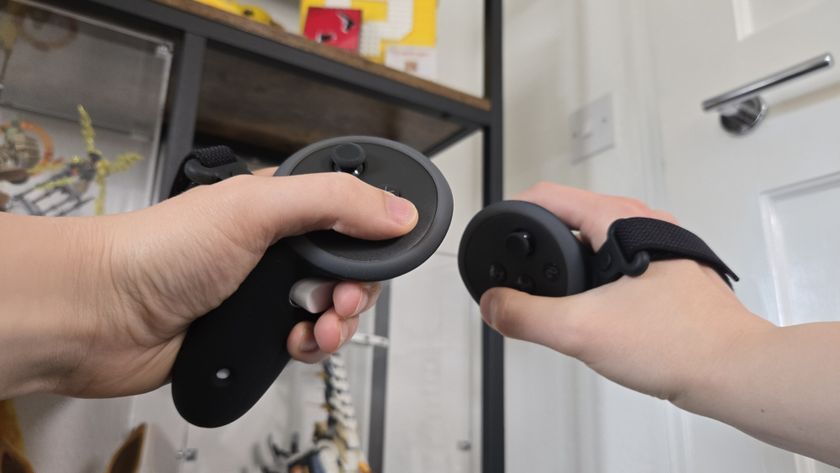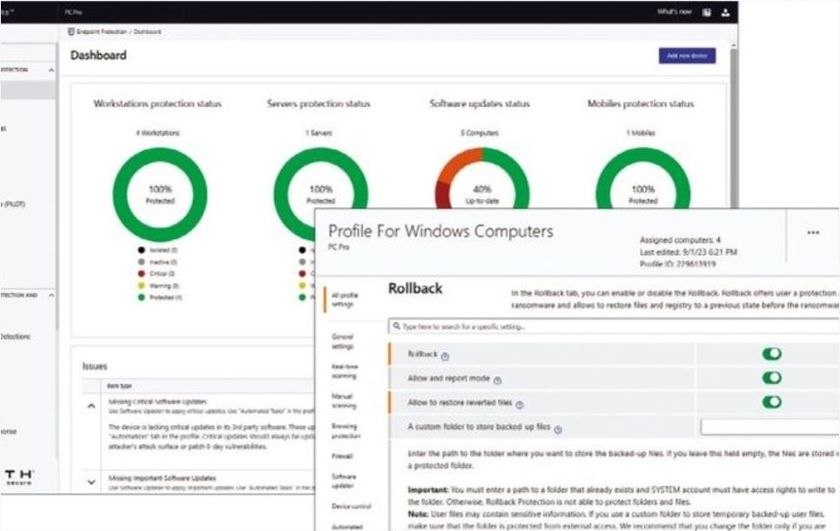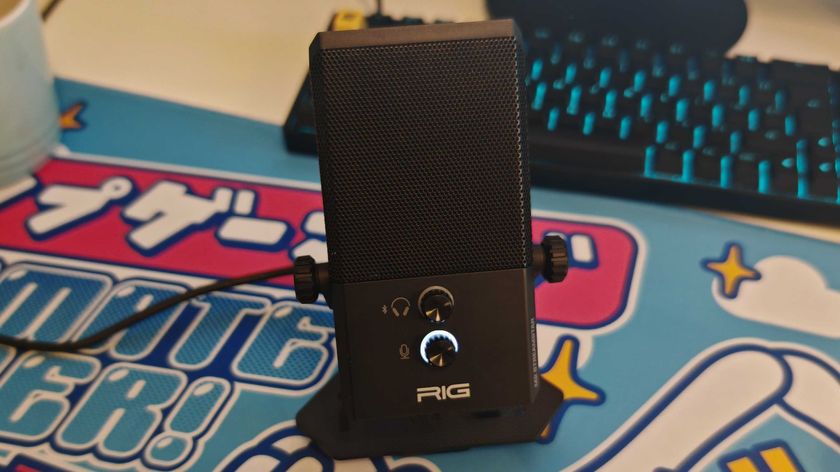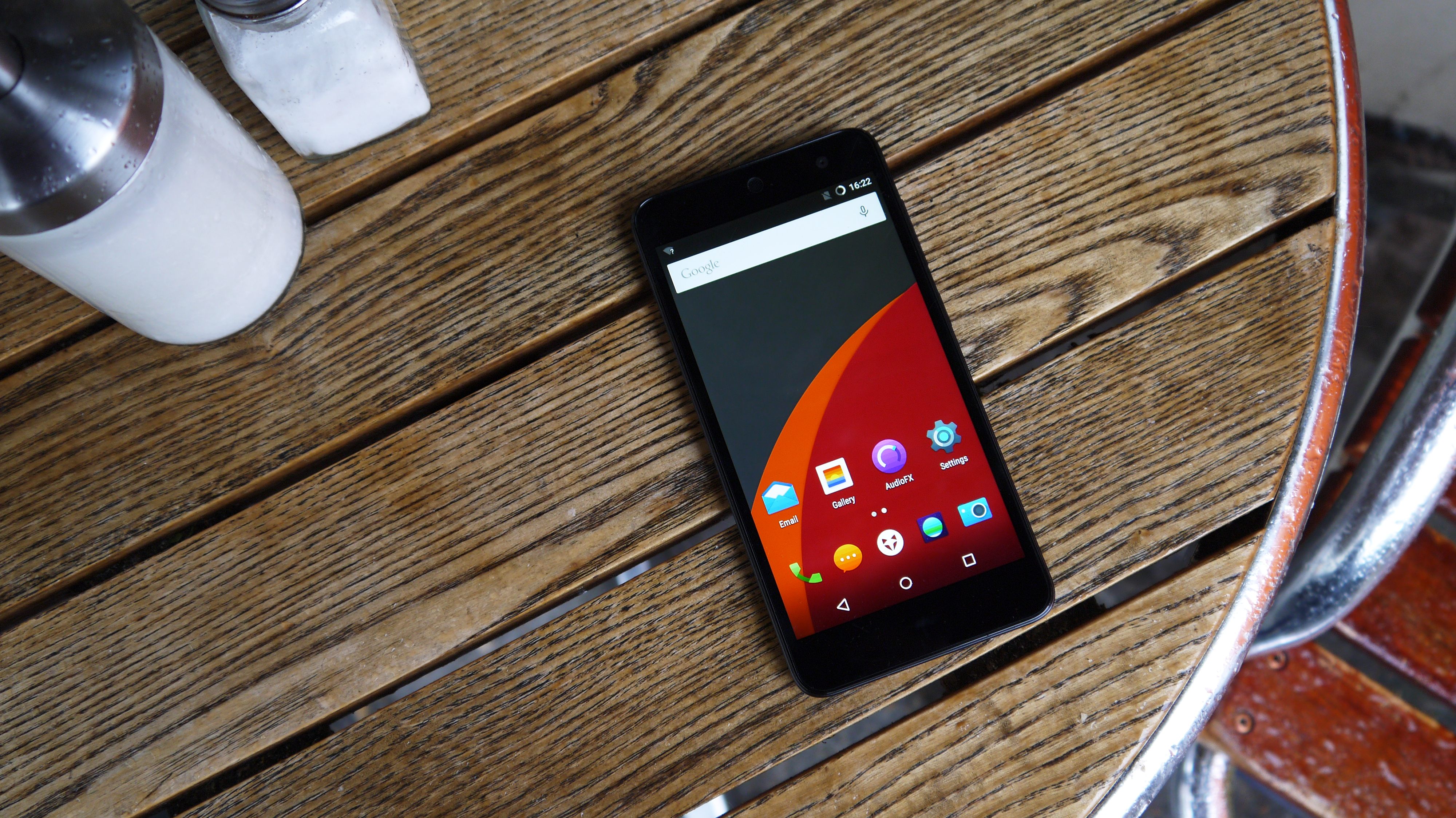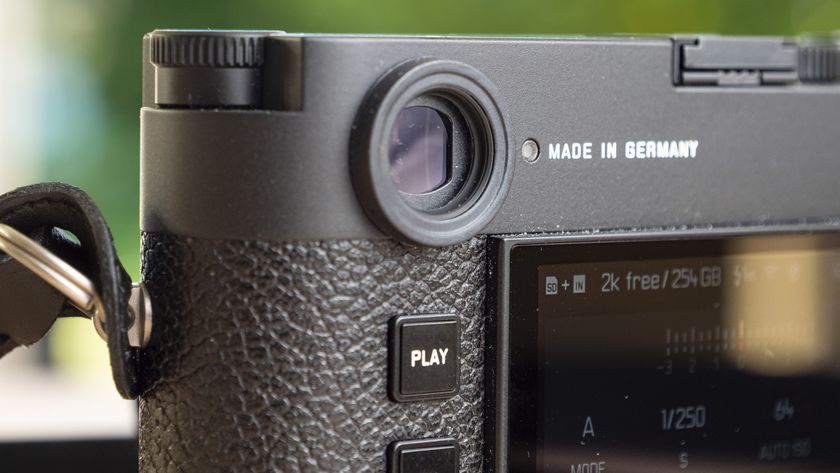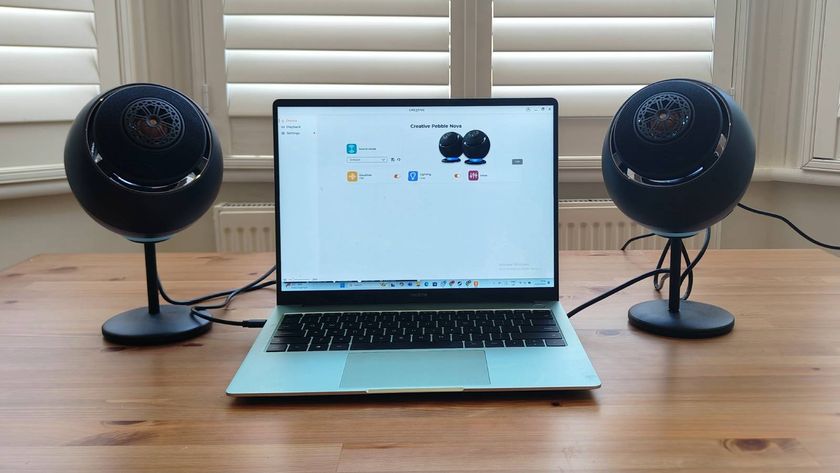Why you can trust TechRadar
Released in 2007, the iPhone was the first popular 'smart' phone to hit the market. In 2008 it was followed by the T-Mobile G1, the first Android device.
Since then, Symbian, Windows Phone, Blackberry OS, MeeGo, Firefox OS, WebOS, Sailfish OS and Ubuntu for Phones have been born, lived and died or hung on. Two players have endured and thrived – iOS and Android – while the rest have fought over scraps.
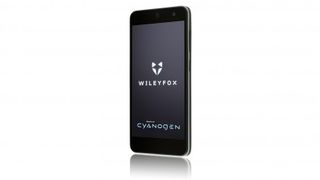
Cyanogen is a little different. It was born as an Android ROM, and its makers have acquired significant backing from venture capitalists, as well as a number of larger companies. Now the ROM is an independent OS, a fully-fledged fork of stock Android that has appeared on high-profile handsets such as the Oppo N1 and OnePlus One.
And what an OS it is. Cyanogen is Android in its purest form, and what that means is you get lots of control. Don't like the colour temperature of your screen? You can change it. Don't like the colour of your notification light? You can change it to almost any colour that exists. Want to increase your screen DPI? Bro, there's a setting for that.
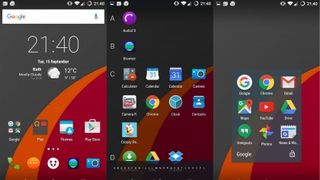
Google, being what it is, straddles a fine line between control and user freedom. If it keeps its OS on too tight a leash, the handset manufacturers will flee; if it gives users too much freedom, and the 90% or so who would rather not be overwhelmed with customisation options will be put off.
Stock Android and the Google Now launcher are something of a solution, and yet Cyanogen is more elegant.
On the Wileyfox Swift, the OS runs very smoothly. The Snapdragon 410 keeps everything chugging along nicely, again proving its chops as one of the best budget chips available at the moment.
In general usage, the only difference that the average Joe will notice is in settings menu. It's sensibly laid out, and a search setting makes it easy to navigate – which is just as well given that the number of options available has skyrocketed.
From the insignificant to the system-wide, it's possible to achieve many different ends from this one menu. The customization options never become overwhelming, although it is easy to activate settings without being too sure what they do.
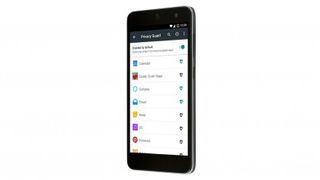
I personally managed to make the alarm almost impossible to de-activate which, coupled with my preferred birdcall alarm, caused more than one morning to take on sinisterly Hitchcockian overtones.
Cyanogen is a means by which Wileyfox has sought to distinguish itself from the Android flock, and this has its own dangers. In the past, Cyanogen has proven that it can have fractious relations with partners such as OnePlus, to the detriment of consumers.
Whether this will affect Wileyfox is something that only time will tell us; however it's definitely something to think about if you're considering this phone.
Pick your theme
The theme store is now a large part of the Cyanogen experience. With one press it's possible for the user to change the entire visual experience on their device in a coherent manner. Themes come in a variety of different forms, both free and paid-for.
Most take the same form as those found in the theme stores used by the likes of Samsung with the Galaxy S6, LG with the G4 and HTC with the One M9. That is to say that they tend to be reasonably well thought out, and come in flavours to match many tastes, whether that be for an infestation of Minions, or a replica of LG's Android skin.
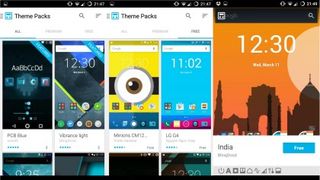
Themes can be changed on a whim; I personally took quite a shine to the 'India' theme.
For users who don't wish to effect a system-wide aesthetic change, the option to simply alter the home screen wallpaper still remains, as do the rest of the Android visual bells and whistles, so everyone's catered for.
At the time of writing, however, the selection of themes on the Wileyfox Swift isn't the biggest, what is there tends to lack variety. While this will likely improve over time, it still limits what might otherwise have been a very compelling feature.
Speakers and sound
In addition to high-quality displays, several other features that were once the preserve of flagship devices have begun to trickle down to more modestly priced phones. A better than average camera and decent performance can now be expected from almost any device priced at over £100. And yet one frontier remains: sound.
No matter the manufacturer, phone designers still seem to be of the opinion that front-firing speakers are a passing madness, and that bottom-firing efforts are little better. Wileyfox begs to differ.

Unlike most phones of a similar price, the WileyFox Swift has a bottom-firing speaker. And, coupled with the powerful built-in EQ mixer, it proves to be quite impressive.
Even at high volumes the speaker retains a respectable clarity in the treble, and the bass still packs something of a punch, if not quite scaling the heights reached by the likes of the HTC One M9.
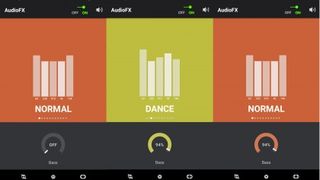
As for wired audio, things just get better. With a strong, punchy output, it's very easy to rock out with the Swift when using a pair of decent earphones. And thanks to that mixer, even the most discerning audiophile with their £1,000 headphones can expect better-than-average performance.
That Joe (and Jane) Public likes to sing along to Madonna in the bathroom of a morning is increasingly beginning to dawn on the producers on budget handsets, and the Wileyfox Swift is one device that delivers.
Current page: Cyanogen, speakers and sound
Prev Page Introduction and features Next Page Performance and cameraSean is a Scottish technology journalist who's written for the likes of T3, Trusted Reviews, TechAdvisor and Expert Reviews.

